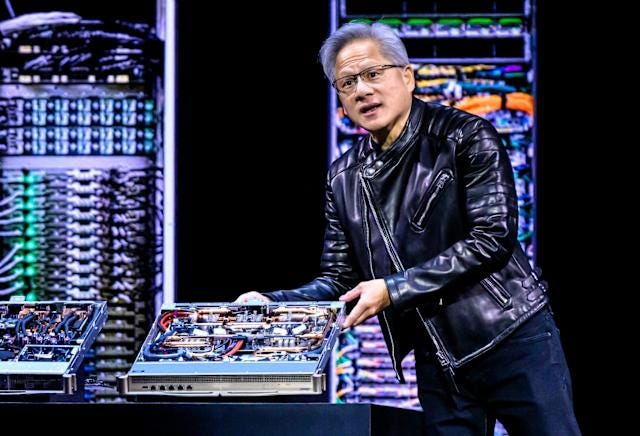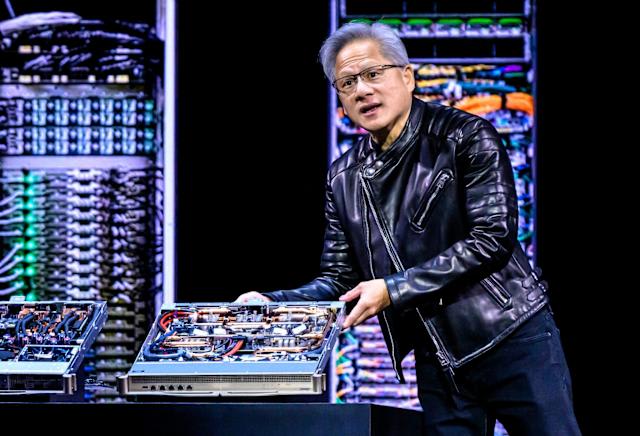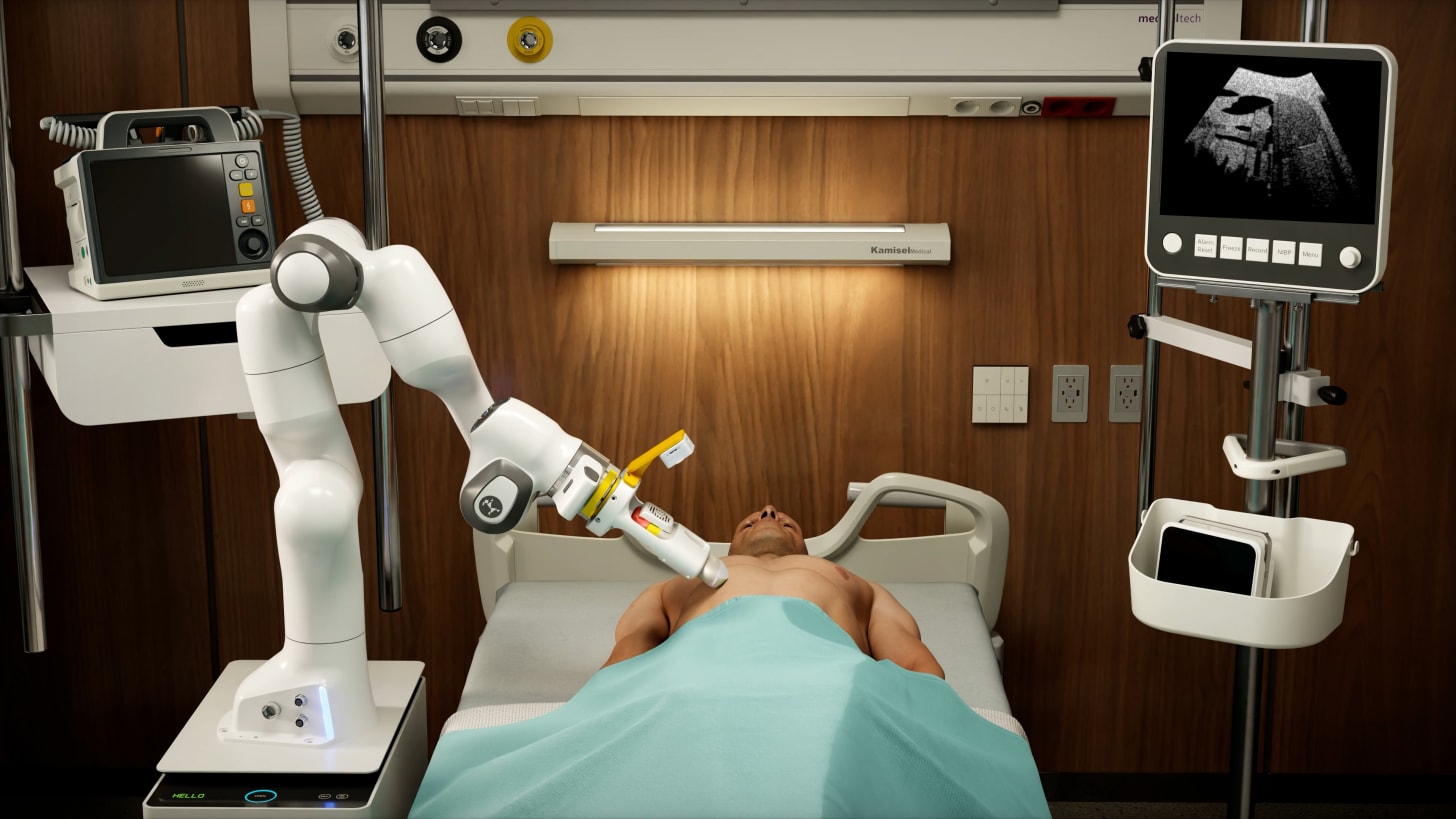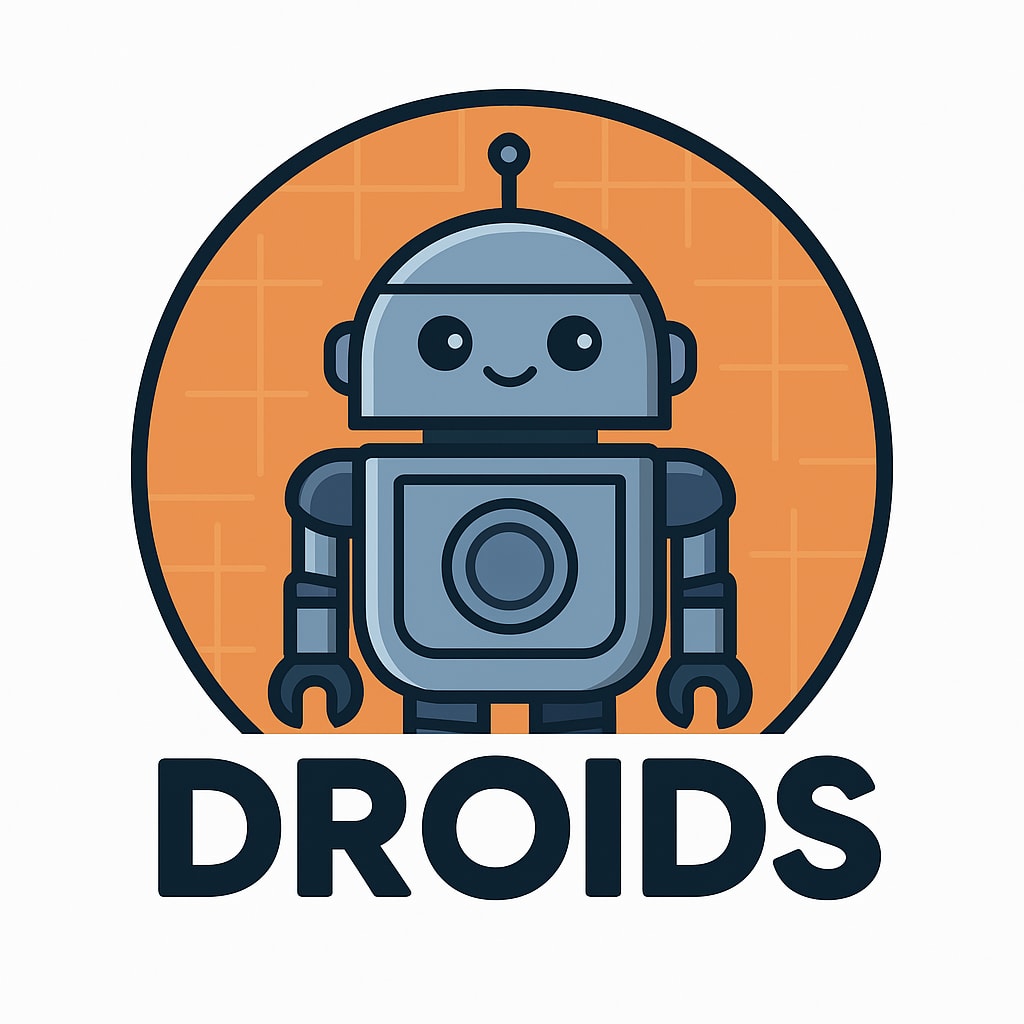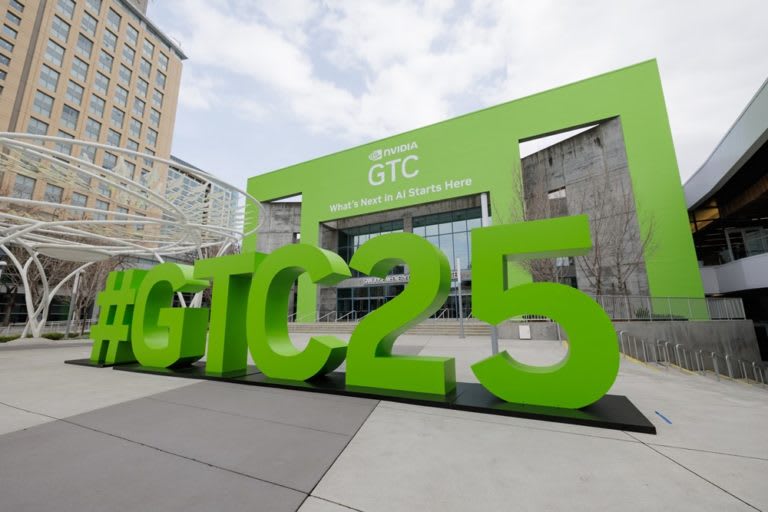[[{“value”:”
I’ve been pondering the monstrosity that is Nvidia and Microsoft nearing the $4 Trillion market cap milestone as it marks a change to the future of capitalism and a radical leap in the future of business empires. The concentration of hyperscalers is now reaching epic proportions.
Nvidia is just run differently. I can’t stop thinking about what it means for the future of emerging technologies like general purpose robots and new architectures of computing like Quantum computers with millions of qubits.
In some ways, Nvidia isn’t just an accelerator of Sovereign AI for the various regions of the world, but an incubator for the emerging technologies of the decades ahead.
-
Digit Gets Smarter: How Agility Robotics Is Leveling Up with NVIDIA
-
The Island of Healing Machines: Inside Taiwan’s Bold AI Healthcare Experiment
Nvidia’s $4 Trillion Milestone
Nvidia first crossed into the $4 Trillion market territory on July 9th, 2025.
Only 11 companies are in the $1 Trillion club, to put the achievement into perspective:
Most Valuable Companies by Market Cap
As of July 11th, 2025:
Gaming and Bitcoin Mining to AI and Synthetic Reasoning Inference
In a nutshell: Nvidia’s graphics processing units (GPUs), originally developed for gaming, became the backbone of artificial intelligence (AI) infrastructure due to their ability to handle the massive parallel computations required for AI model training and inference.
With hyperscalers building more datacenters to handle the demand for compute, the rest is history. But in the 2022 to 2025 period, a shocking history unfolded nonetheless.
Nvidia’s Revenue went from $4.4 Billion to $73.88 Billion in 2 Years
Nvidia’s financial performance has been remarkable, with net income soaring from $4.4 billion in fiscal year 2023 to $73.88 billion in fiscal year 2025.
More recently, first-quarter 2025 revenue reached $44.1 billion, a 69% increase year-over-year, driven by AI chip demand.
The company forecasted $45 billion in revenue for the second quarter, reinforcing investor confidence in its growth trajectory.
I asked to cover Nvidia’s incredible GTC event a few months ago. It was a pivotal moment for the company in their coming-out party.
Diana is my favorite blogger relating to Physical AI and robotics:
Introducing the 🤖 DROIDS Newsletter 🏜️
In 2025, the NVIDIA Jetson™ and Isaac™ platforms provide end-to-end solutions to develop and deploy AI-powered autonomous machines ushering in a new physical AI future.
-
One day when we think about Nvidia, we might not just picture AI chips and datacenters, but the robots that help build the future of the world.
DROIDS is the new Newsletter about robotics by .
-
Nvidia is the first company to ever reach a valuation of over $4 Trillion. That its an AI chip semiconductor company and not a software, Cloud or advertising company is telling.
-
Nvidia CEO Jensen Huang met with the U.S. President Donald Trump at the White House on Thursday last week, a day before the chip designer’s head plans to visit China. There are geopolitical layers and trade tensions and Nvidia and its products are at the center of it all.
-
Nvidia’s mad-rush to the top has been legendary: The California-based company, which was founded in 1993, first passed the $2 trillion mark in February 2024, and surpassed $3 trillion in June. Both Nvidia and its closest peer AMD have Taiwanese-American CEOs (AMD: Lisa Su). Their most important partner is TSMC, the crown jewel of Taiwan’s towering semiconductor supply-chain.
-
Broadly speaking, Nvidia has profited heavily from the growing demand for AI hardware and chips since the launch of ChatGPT in late 2022. Just three years later no one company in the world has as much leverage in the converging of emerging technologies with AI as does Nvidia.
While Nvidia’s GTC 2025 occured in March, it ushered in a more public demonstration that Nvidia is going to be important for the Physical AI, robotics and Quantum computing era. Nvidia’s software moat, partnerships and rapid revenue increases means it’s in a unique position to usher in the future of innovation beyond just AI chips and Autonomous Vehicles.
Let’s briefly look at some of the main revenue generating segments of the company:
How does Nvidia make Money?
Nvidia primarily makes its money through the design and sale of graphics processing units (GPUs), related hardware, and software solutions. Here’s a breakdown of its key revenue streams based on the latest available data:
-
GPU Sales for Gaming: Nvidia’s GeForce GPUs dominate the gaming market, powering high-performance graphics for PCs, laptops, and gaming consoles. This segment generates significant revenue from gamers and PC manufacturers.
-
* ✨ Data Center and AI: The fastest-growing segment, Nvidia’s data center business, includes GPUs (like the H100 and upcoming Blackwell series) optimized for artificial intelligence, machine learning, and high-performance computing. These are sold to cloud providers (e.g., AWS, Microsoft Azure), enterprises, and research institutions for AI model training and inference.
-
Professional Visualization: Nvidia’s Quadro GPUs and other professional graphics solutions cater to industries like architecture, engineering, media, and entertainment for tasks like 3D rendering and simulations.
-
Automotive and Embedded Systems: Nvidia develops chips like the DRIVE platform for autonomous vehicles and AI-powered automotive systems, sold to car manufacturers and suppliers. This also includes embedded systems for robotics and IoT.
-
Software and Services: Nvidia offers software platforms like CUDA, AI frameworks (e.g., NVIDIA AI Enterprise), and cloud-based services (e.g., DGX Cloud) for AI development and deployment. Licensing and subscriptions contribute to recurring revenue.
-
Networking: Through its acquisition of Mellanox, Nvidia sells high-speed networking solutions (e.g., InfiniBand, Ethernet switches) critical for data centers and AI infrastructure.
Watch the Keynote
-
Datacenters and AI
-
Physical AI and Humanoid robotics
-
Quantum computing and World Models
was lucky enough to attend GTC 2025 on a press pass provided by NVIDIA, so this is coming from a first-person witness perspective.
GTC this year was a great reminder about what Nvidia is becoming and what it means for technology as a whole and the planet.
-
What follows is Diana’s first-hand exploration of GTC, its implications and key impacts.
-
With a special emphasis on Nvidia’s deep partnerships with humanoid robotics companies.
-
Many analysts believe the ChatGPT moment for humanoid robotics and/or Quantum computing are in the area of 3-10 years from now, so roughly the 2028 to 2035 period. Nvidia’s role might be pivotal.
NVIDIA GTC 2025: The Dawn of Generalist Robotics
How NVIDIA’s Latest Announcements Are Reshaping the Future of Physical Machines
The future greeted me just inside the door of the San Jose Convention Center.
“}]] Read More in AI Supremacy

